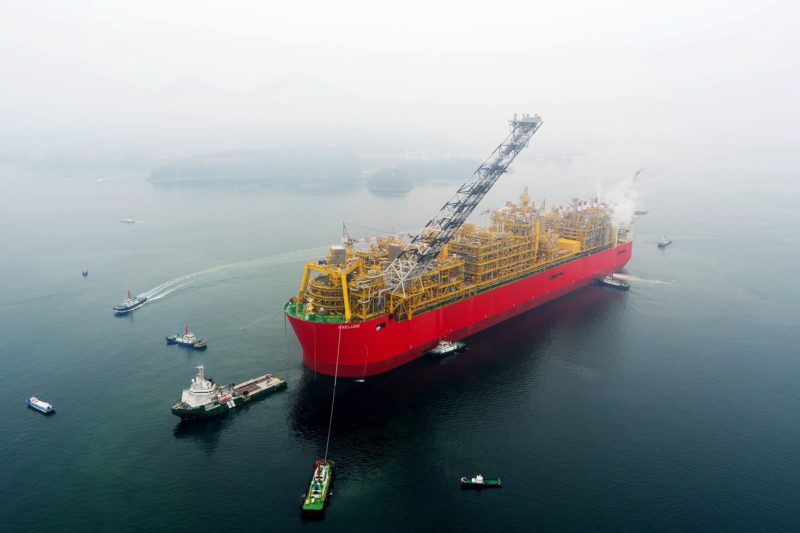
Most professionals working in the liquefied natural gas (LNG) sector believe more investment is needed in to satisfy forecasts for growing global demand after 2025, a new report said.
But more than two-thirds said that uncertainty over prices is limiting spending on the megaprojects needed to feed the world’s growing appetite for LNG, according to DNV GL’s survey.
The organisation forecasts global LNG production will increase from 250 million tonnes per year (mt/yr) in 2016 to around 630 mt/yr by 2050.
Oil-indexed LNG pricing is part of the issue. Recent oil price swings have made LNG sellers reluctant to peg decades-long contracts to volatile crude markets, yet they still need long-term commitments to make infrastructure investments viable.
Half of the respondents expect contracted LNG prices to continue to be linked to the oil price, while a significant proportion (30%) disagree.
Respondents expect the US (36%) and Australia (16%) to experience the greatest growth in LNG exports over the next three years.
Other nations, such as Canada, Russia, and Africa are also making moves for a slice of the LNG action.
However, conventional gas from the Middle East and North Africa, as well as North American unconventional gas, will account for 70% of LNG liquefaction capacity by mid-century, according to DNV GL’s 2018 Energy Transition Outlook.
China is the country expected to have the greatest growth in LNG imports over the next three years, according to the survey.
This is largely driven by the country’s ‘blue sky’ policies, aimed at reducing fossil fuel emissions and improving air quality.
Other emerging economies, particularly in the Indian Subcontinent and Sub-Saharan Africa, will also drive demand towards 2050.
The level of supply and demand growth predicted by DNV GL will require significant investment; particularly facilities to re-gasify, store and distribute new liquefaction capacity.
The cost of financing new infrastructure will have the greatest impact on the global LNG market in 2019, according to a third of respondents (36%). Political risk (including trade agreements) was the leading market barrier (17%).
Hans Kristian Danielsen, senior vice president and marketing and sales director, DNV GL – Oil & Gas, said: “The new era we see emerging for the LNG sector will demand new thinking from our industry to ensure that a rapid evolution in demand and supply can be met.
“For example, our research shows signs of the sector opening up to new players, contracting models and pricing strategies.
“As reservations over capital spending and uncertainty over LNG pricing persist, the study reveals increasing interest in the sector finding more agile and flexible approaches to LNG production and trading.”
Recommended for you

